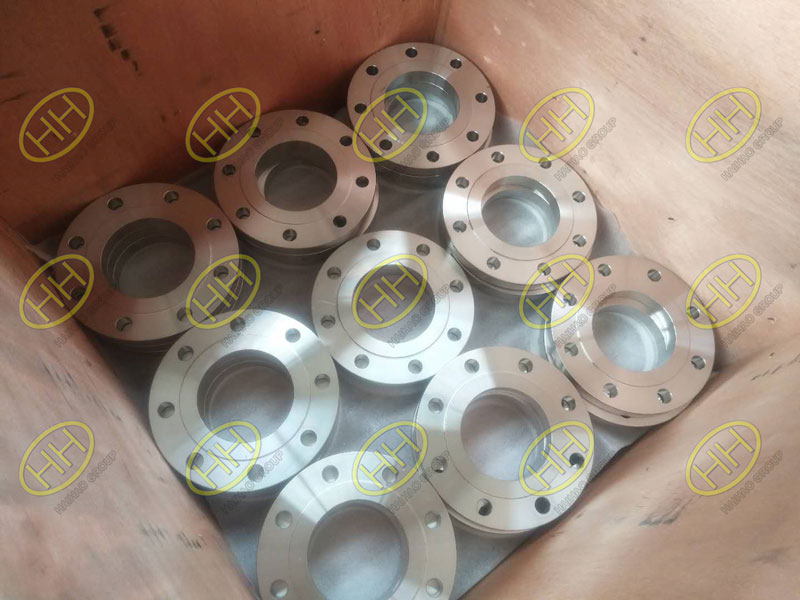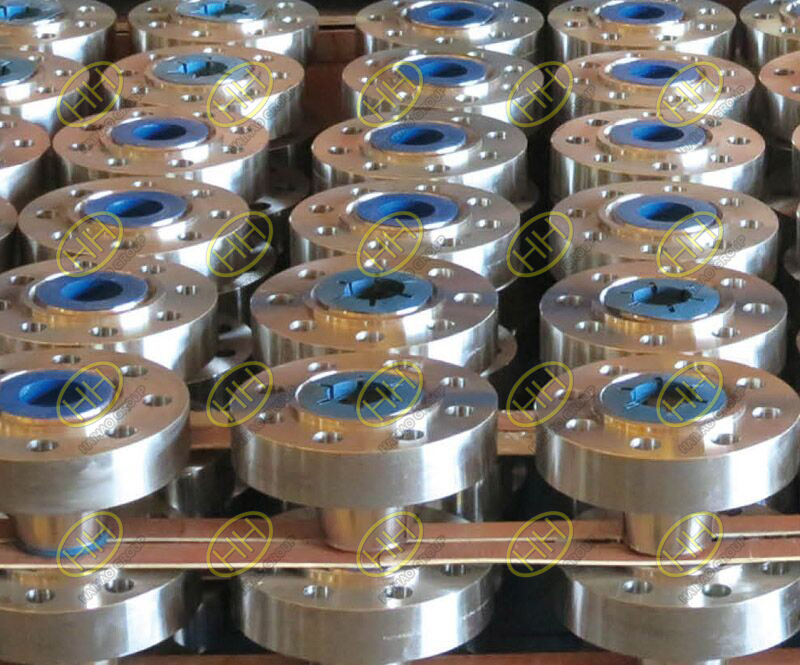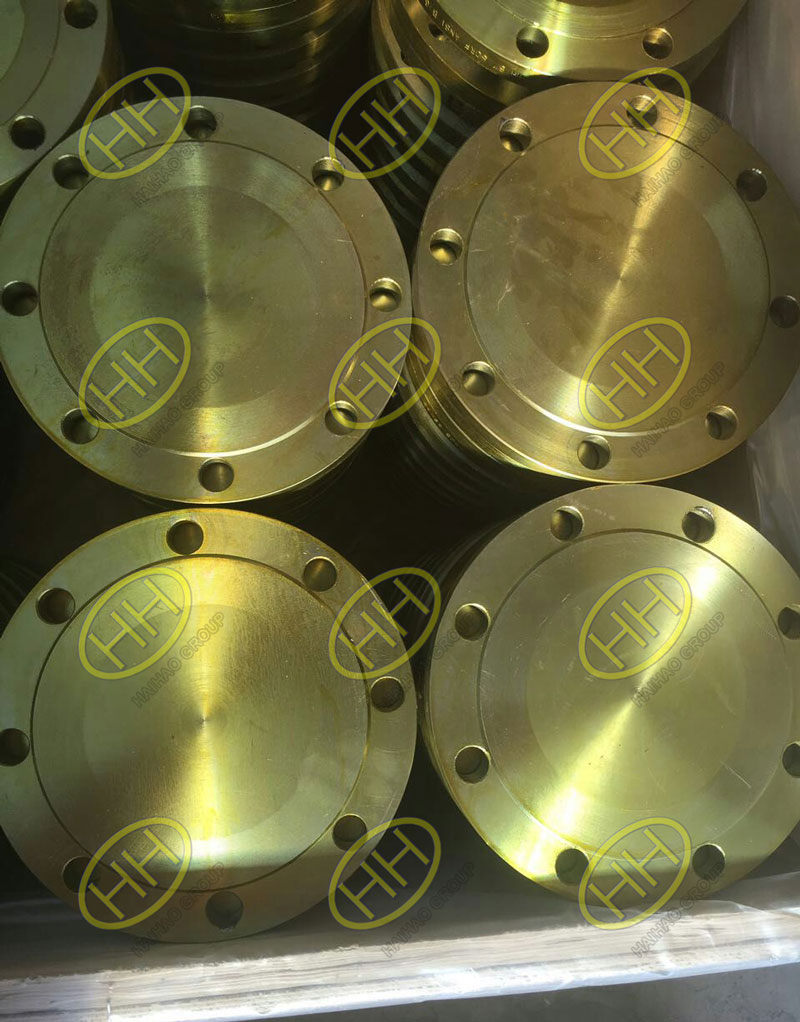Quality control and repair in flange forging production
In order to ensure that the flange forgings have the dimensional accuracy and mechanical properties required by the design, the quality of the forgings must be controlled, that is, the entire production process from selecting raw materials to post-forging heat treatment must be controlled to ensure stable product quality.
1.Quality control of raw materials
1) Check the warranty and standards of the materials.
2) Check whether the identification of the materials is correct, so as to avoid material mixing.
3) Check material specifications.
4) Check whether the surface quality of the materials is with or without defects such as cracking and crusting.
5) Chemical composition test
6) Test with spectrometers, spark testing, etc. for avoiding material mixing
2.Mold quality control
1) Check the warranty or manufacturing inspection report of the mold (including non-destructive testing)
2) Mold inspection (re-examination), including shape, size, hardness
3) Mold adjustment, sample inspection
4) Mold repair
3.Temperature
1) Using devices like an infrared thermometer to detect heating temperature
2) Accelerate heating when using coal stove or oil furnace.
4.Forging process
1) First piece inspection
2) Self-inspect by workers, then re-examine by the inspector, and fill in the record.
3) Equipped with necessary inspection tools and measuring tools
5.Heat treatment
1) Strictly control the parameters and keep records during the heat treatment process.
2) The workers should inspect the hardness, and then the inspector checks the hardness and records it.
3) Use a magnetic hardness sorter or hardness machine for 100% hardness test if necessary.
4) Use the corresponding non-destructive testing methods to check if there is cracking if necessary.
6.Product identification and traceability
1) Tag management should be implemented from the raw materials into the workshop.
2) Tag management, the number, name, material grade and number, specification, operator and inspector, etc. of every piece in the processing process should be transferred to the processing unit.
3) Print the serial number, material number, etc. on the forging pieces if necessary.
Methods for forging defects:
- Burr, cracking, fold – Smooth by grinding wheels or air diggers or rotary burrs.
- For pits that are not too big – They can be forged again in a new forging die or modified by fusion jointing.
- Forgings with insufficient die forging – It can be modified by pre-machining in the machine workshop. For this kind of forgings, it is better not to die forging again. Because this may become an irreparable waste due to the newly produced oxide scale pressing forgings. Sometimes they can be modified by grinding. Unimportant forgings can be reheated once again, the excess metal is turned into an oxide scale and finally use the shot blasting machine to modify.
- Error – The method for error is to re-forge again. Error cannot be modified if it is relatively serious. If the error is not serious, it can be modified by grinding.
- Bending – This can be modified under the trimming temperature or by pressing with a press under the cold state.
- Overheating – Overheated forgings can be modified by normalizing.
- Unqualified forging hardness – When the hardness is too high, it can be decreased by annealing again; when the hardness is too low, it can be increased by quenching again.
- Forgings that are over-fired, of quench cracking, severely folded, and severely unqualified should be treated as irreparable.
Hebei Haihao Group produce high quality flanges. If you need, please contact us.Email:sales@haihaogroup.com




